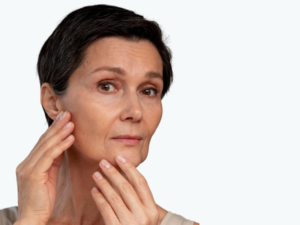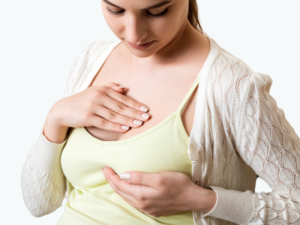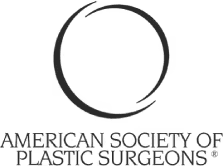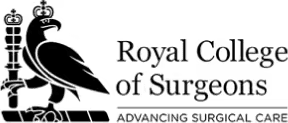Nose Surgery
Know About The Healing Process Of Rhinoplasty Surgery
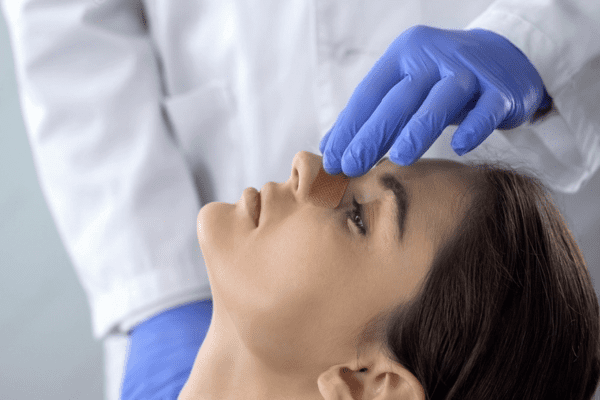
Rhinoplasty, commonly known as a nose job, is a surgical procedure that reshapes and enhances the nose for aesthetic and functional improvements. While the procedure can significantly improve facial balance and breathing issues, the healing process plays a crucial role in achieving the desired results.
Dr. Faisal Salim, a renowned plastic surgeon in Dubai, specializes in advanced rhinoplasty techniques to deliver natural-looking results. Understanding the recovery timeline and following proper aftercare ensures a smooth and successful healing journey.
Week-by-Week Healing Process After Rhinoplasty
Week 1: The Most Critical Recovery Phase
- Patients will experience swelling, bruising, and nasal congestion, especially around the nose and eyes.
- A nasal splint or cast will be placed to support the nose’s new shape and will be removed after a week.
- Follow post-surgery care instructions such as keeping the head elevated, avoiding strenuous activities, and not blowing the nose.
- Take prescribed painkillers and antibiotics to manage discomfort and prevent infections.
Week 2: Reduced Swelling & Adjusting to Changes
- Swelling and bruising start to subside, making the nose look more defined.
- The nasal splint is removed, allowing patients to gently clean the nose using a saline solution.
- Most patients can return to work or school, but strenuous activities and contact sports should still be avoided.
Weeks 3 & 4: Gradual Healing & Light Activities
- Swelling and bruising continue to improve, and patients can resume light activities.
- Use nasal sprays as prescribed to manage congestion.
- Avoid direct sun exposure and apply sunscreen to protect the healing skin.
Weeks 5 & 6: Seeing the Results
- By this time, most swelling has subsided, and the nose shape becomes more refined.
- Patients can begin light exercise but should still avoid activities that put pressure on the nose.
- Glasses and sunglasses can be worn again, but they should not rest heavily on the nose.
Long-Term Rhinoplasty Aftercare & Maintenance
The final results of rhinoplasty may take up to one year to fully appear. To maintain the best outcome, patients should:
✔ Avoid trauma or pressure on the nose, including heavy glasses.
✔ Keep the nasal passages clean with saline solutions and prescribed sprays.
✔ Wear sunscreen to protect the skin and prevent discoloration.
✔ Manage any discomfort with over-the-counter painkillers if necessary.
✔ Attend follow-up appointments with Dr. Faisal Salim for monitoring and potential scar treatment options like steroid injections.
Consult Dr. Faisal Salim for Expert Rhinoplasty in Dubai
Dr. Faisal Salim is a leading plastic surgeon in Dubai, offering advanced rhinoplasty procedures tailored to each patient’s facial features and goals. Whether you are considering cosmetic nose reshaping or functional nasal correction, Dr. Faisal provides the best surgical and non-surgical solutions for long-lasting results.
Book a consultation today to discuss your rhinoplasty options and ensure the best care throughout your recovery journey.

